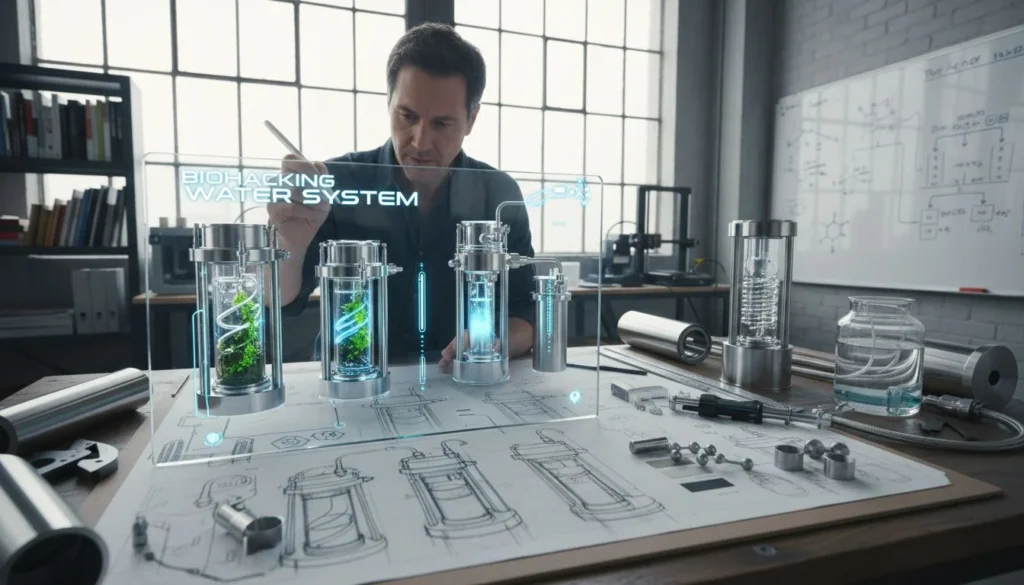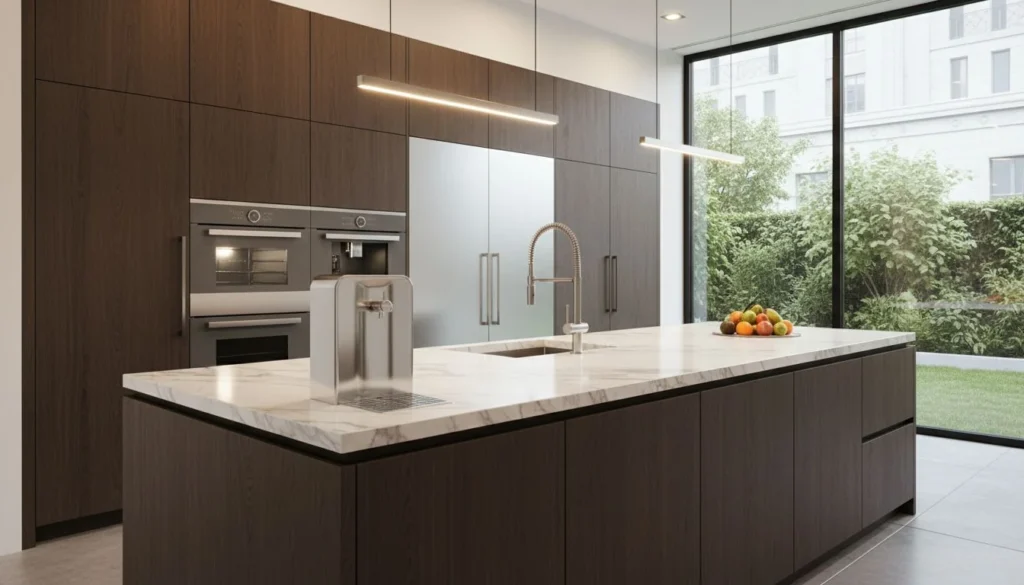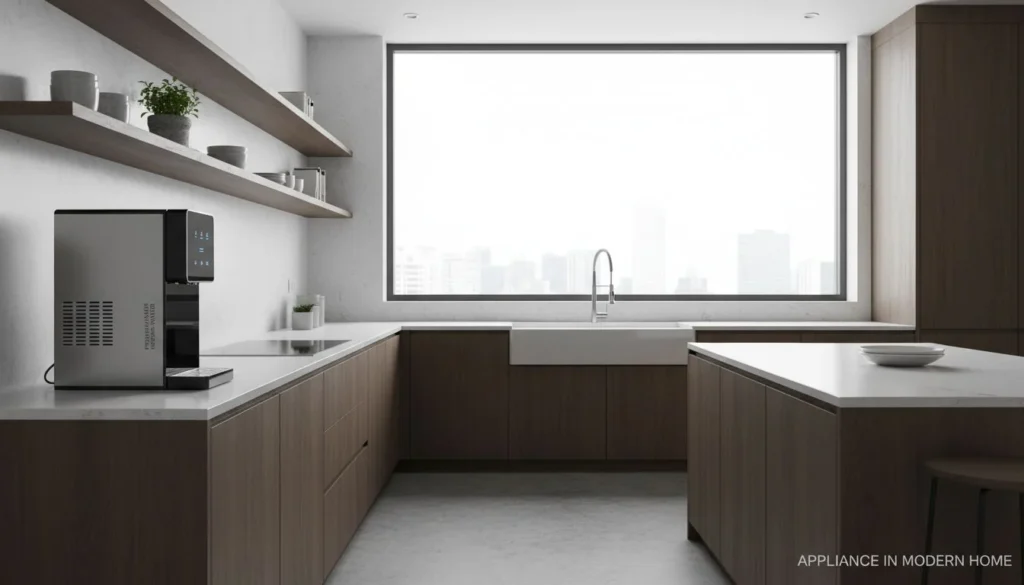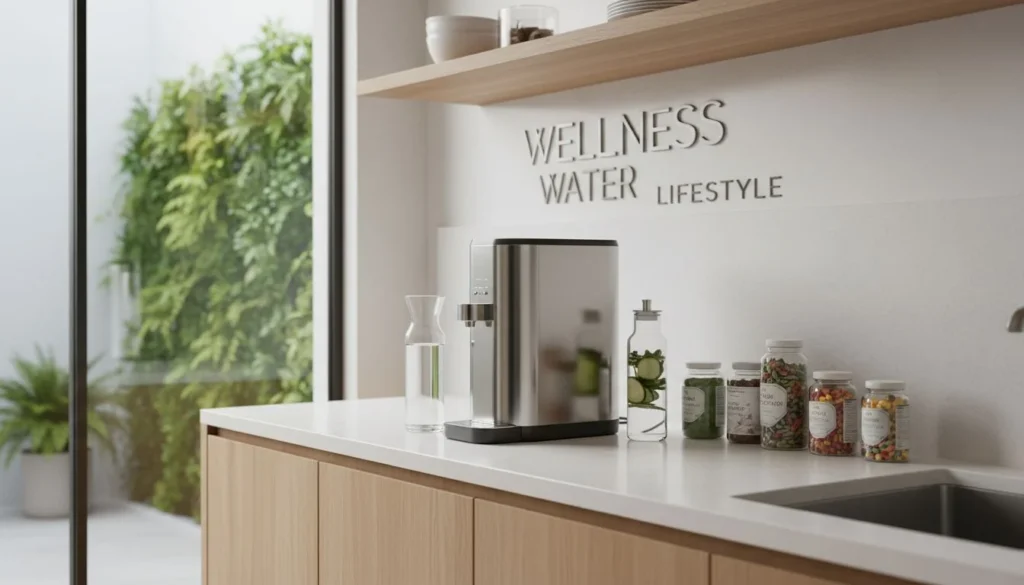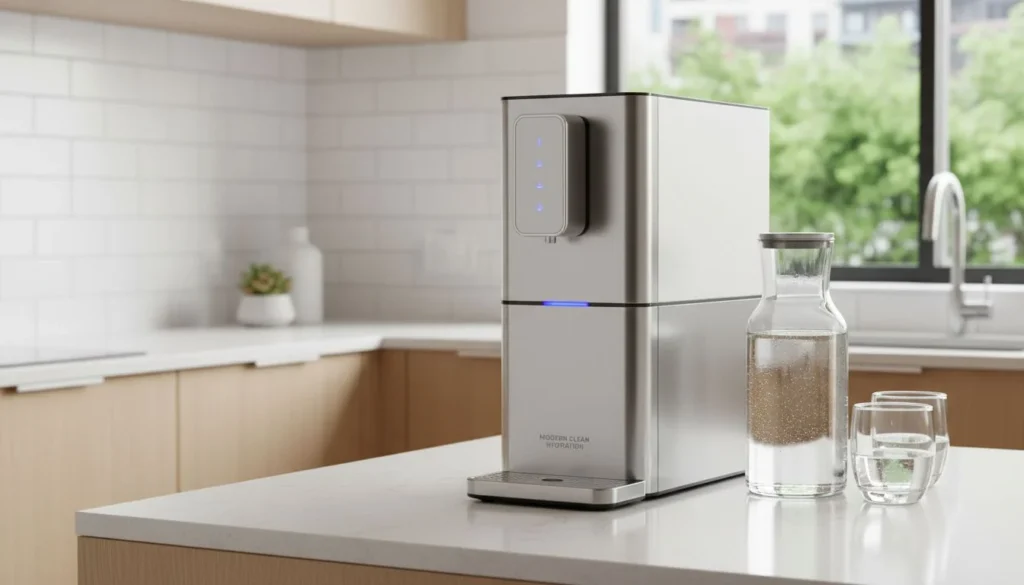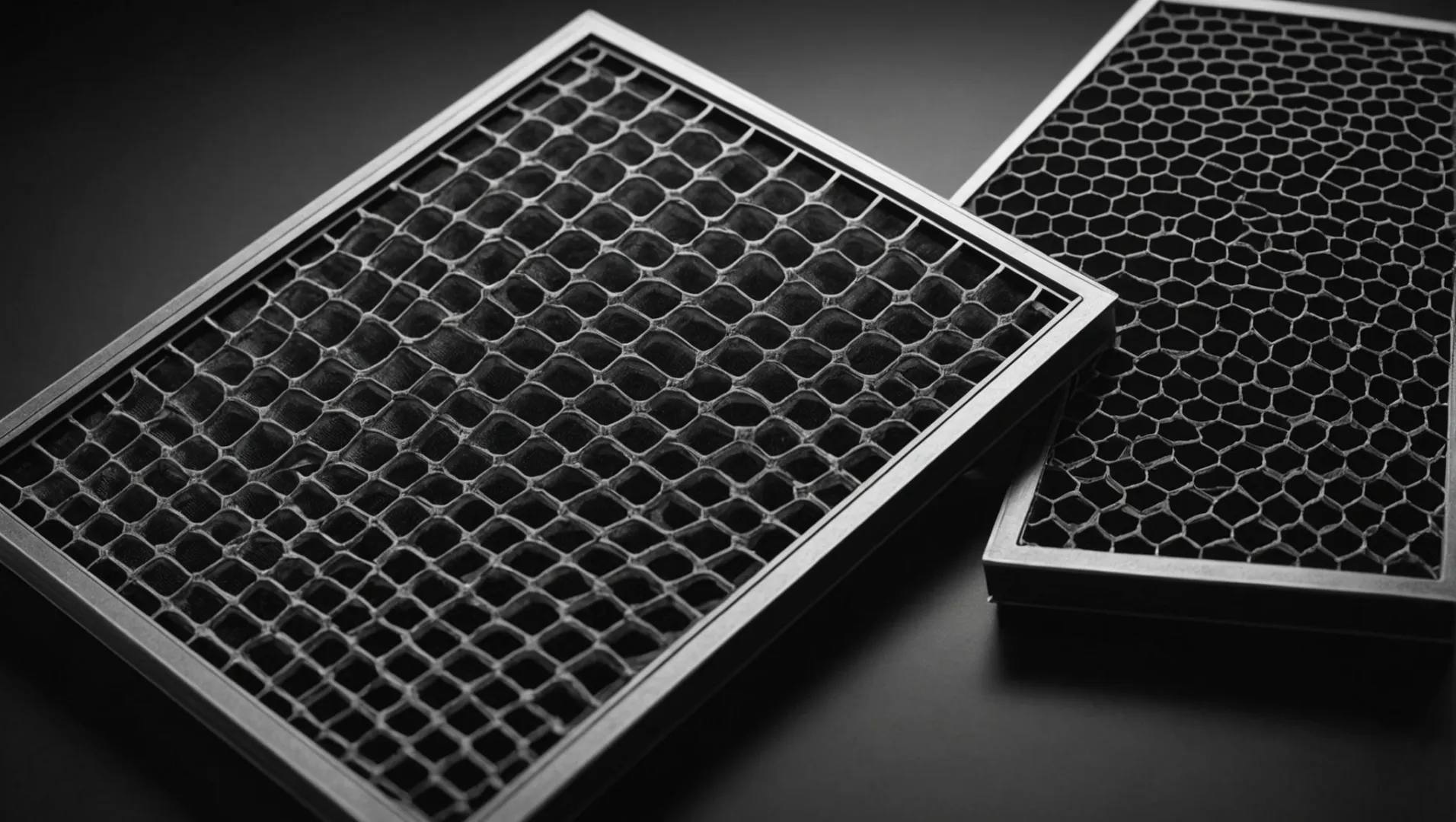
Die Wahl zwischen HEPA und Aktivkohlefilter ist mehr als nur eine technische Entscheidung, es ist ein Schritt in Richtung gesünderes Leben.
HEPA Filter eignen sich hervorragend zur Beseitigung von Partikeln in der Luft, während Kohlefilter Gerüche und flüchtige organische Verbindungen (VOC) besonders gut beseitigen. Für eine umfassende Luftreinigung kombinieren viele Systeme beides, um eine breite Palette von Luftqualitätsproblemen zu lösen.
Verständnis für die Stärken und Grenzen der HEPA und Aktivkohlefilter können Ihnen dabei helfen, die beste Option für Ihre Anforderungen an die Luftqualität zu wählen. Lassen Sie uns näher auf die Funktionsweise dieser Filter eingehen und herausfinden, welcher für Ihre spezielle Situation am besten geeignet ist.
HEPA-Filter entfernen Gerüche wirksam.Falsch
HEPA-Filter fangen Partikel ein, nicht Gerüche. Kohlefilter entfernen Gerüche.
Was sind HEPA Filter und wie funktionieren sie?
HEPA Filter sind der Schlüssel zum Auffangen winziger Partikel in der Luft, die für eine saubere Atemluft entscheidend sind.
HEPA Filter fangen Partikel bis zu einer Größe von 0,3 Mikrometern in einer dichten Fasermatte auf und verbessern so die Luftqualität durch die Entfernung von Staub, Pollen und anderen Schadstoffen.

Verstehen HEPA Technologie
Hocheffiziente Partikelluft (HEPA) Filter sind so konzipiert, dass sie mindestens 99,97% der Partikel mit einer Größe von 0,3 Mikrometern abfangen. Dieser Wirkungsgrad wird durch eine Kombination von drei Mechanismen erreicht: Abfangen, Aufprall und Diffusion. Wenn die Luft durch den Filter strömt, werden die Partikel in dem dichten Netz aus Fasern aufgefangen. HEPA Filtereffizienz1 Normen reichen von HEPA 11 bis HEPA 14, mit zunehmender Filtrierbarkeit von 95% bis 99,995%.
Die Struktur der HEPA Filter
HEPA Filter bestehen aus einer zufällig angeordneten Reihe von Fasern, die in der Regel aus Glasfaser bestehen. Die Filter verlangsamen die Bewegung der Partikel durch ihr kompliziertes Geflecht und ermöglichen so eine effektive Abscheidung. Diese Struktur ist entscheidend für die Verhinderung von Partikel in der Luft2 davon abhalten, den Filter zu passieren und in die Umwelt zu gelangen.
| HEPA Ebene | Wirkungsgrad der Filtration |
|---|---|
| HEPA 11 | 95% |
| HEPA 12 | 99.5% |
| HEPA 13 | 99.95% |
| HEPA 14 | 99.995% |
Vorteile und Beschränkungen
Der Hauptnutzen von HEPA Filter ist ihre Fähigkeit, in der Luft befindliche Allergene erheblich zu reduzieren, was sie ideal für Personen mit Atemwegserkrankungen oder Allergien macht. Allerdings entfernen sie keine Gerüche oder Gase, weshalb viele Luftreiniger sie mit Kohlefiltern kombinieren.
Trotz ihrer Wirksamkeit, HEPA Filter können mit der Zeit verstopfen und den Luftstrom und die Effizienz verringern. Regelmäßige Wartung und Austausch sind unerlässlich, um eine optimale Leistung zu gewährleisten.
Anwendungen und Anwendungsfälle
HEPA Filter werden in einer Vielzahl von Umgebungen eingesetzt, z. B. in Privathaushalten, Krankenhäusern und industriellen Umgebungen. Besonders vorteilhaft sind sie in Räumen, die strenge Luftqualitätsstandards erfordern, wie z. B. in Reinräumen und Labors.
Zusammenfassend lässt sich sagen, dass das Verständnis dafür, wie HEPA Die Funktion der Filter und ihre Rolle bei der Verbesserung der Luftqualität können Ihnen bei der Auswahl des richtigen Luftreinigungssystems für Ihre Bedürfnisse helfen.
HEPA-Filter fangen Partikel bis zu einer Größe von 0,3 Mikrometern ab.Wahr
HEPA-Filter fangen Partikel bis zu einer Größe von 0,3 Mikrometern ab und verbessern so die Luftqualität.
HEPA-Filter entfernen wirksam Gerüche und Gase.Falsch
HEPA-Filter entfernen keine Gerüche oder Gase; sie benötigen Kohlefilter.
Wie wirksam sind Kohlefilter bei der Beseitigung von Gerüchen?
Können Kohlefilter Gerüche wirklich wirksam beseitigen, oder gibt es bessere Möglichkeiten?
Kohlefilter entfernen Gerüche und flüchtige organische Verbindungen (VOC) sehr effektiv, indem sie sie an ihrer Oberfläche adsorbieren. Dieser Prozess neutralisiert unangenehme Gerüche von Haustieren, Kochen und Rauch und macht Kohlefilter zu einer beliebten Wahl für Luftreinigungssysteme.
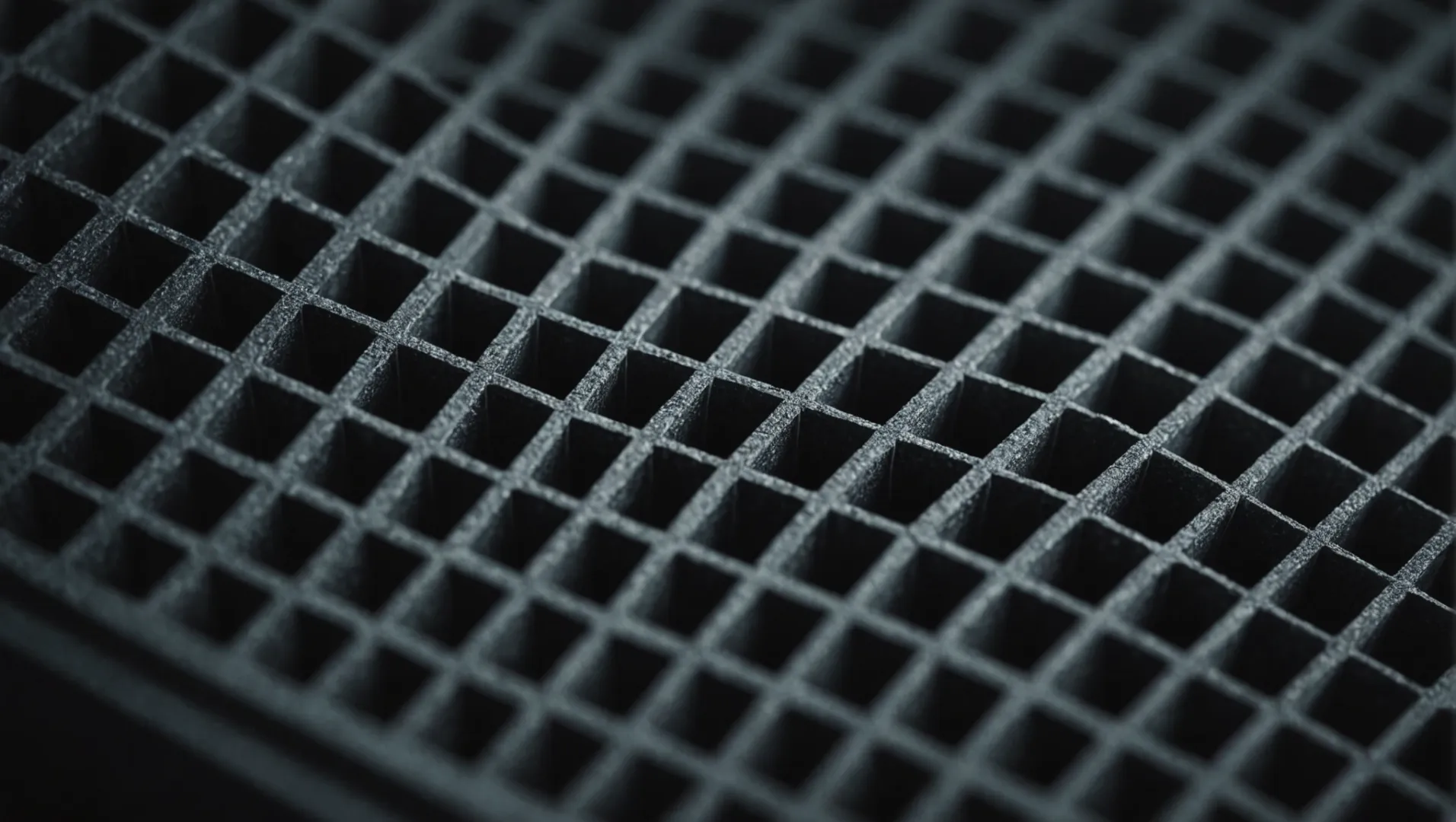
Verständnis von Aktivkohlefiltern
Kohlefilter, oft auch als Aktivkohlefilter bezeichnet, nutzen eine große Oberfläche poröser Kohle, um Gerüche und flüchtige organische Verbindungen einzufangen und zu neutralisieren. Dieser Adsorptionsprozess ist der Schlüssel zu ihrer Wirksamkeit, da Geruchsmoleküle an der Oberfläche der Kohle haften.
Arten von Kohlefiltern
- Gewellte Aktivkohle: Bietet eine große Oberfläche für die Adsorption, ideal für Umgebungen mit starker Geruchsbelastung.
- Wabenkohle: Das strukturierte Design maximiert den Luftstrom und gewährleistet gleichzeitig eine hohe Adsorptionskapazität.
Jeder Typ hat seine Vorteile, mit gewellte Aktivkohle3 eine umfassende Abdeckung für schwere Geruchsprobleme und Wabenkohle4 Ausgleich zwischen Effizienz und Luftstrom.
Faktoren, die die Effektivität beeinflussen
- Luftstromrate: Die Effizienz eines Aktivkohlefilters hängt stark von der Luftstromstärke des Luftreinigers ab. Ein hoher Luftstrom sorgt dafür, dass die Luft häufiger mit dem Filter in Berührung kommt.
- Filterdicke: Dickere Kohleschichten können mehr Partikel adsorbieren, können aber den Luftstrom verringern und damit die Luftreinhalterate (CADR) beeinträchtigen.
- Technologie-Integration: Einige Luftreiniger nutzen fortschrittliche Integrationstechniken, um die Leistung von Kohlefiltern durch die Kombination mit anderen Filtersystemen zu verbessern.
Vergleich von Kohlefiltern mit HEPA Filter
Während HEPA Filter zeichnen sich durch die Entfernung von Partikeln wie Staub und Pollen aus, während Kohlefilter unübertroffen in der Geruchsbeseitigung sind. Diese komplementäre Funktion ist der Grund, warum viele Luftreiniger beide Technologien integrieren, um ein breiteres Spektrum an Luftqualitätsproblemen abzudecken.
Anwendungsfälle für Aktivkohlefilter
- Besitzer von Haustieren: Aktivkohlefilter neutralisieren Tiergerüche wirksam und sorgen für ein frischeres Raumklima.
- Küchen: Nützlich bei der Beseitigung von starken Kochgerüchen, die zum Verweilen neigen.
- Raucher: Reduziert den Geruch von Tabakrauch und verbessert so die allgemeine Luftqualität.
Durch das Verständnis der Stärken von verschiedene Kohlenstofftechnologien5 und ihre spezifischen Anwendungen können Sie ein Luftreinigungssystem auswählen, das Ihren individuellen Bedürfnissen entspricht.
Kohlefilter sind bei der Geruchsbeseitigung effektiver als HEPA-Filter.Wahr
Kohlefilter adsorbieren Gerüche, während HEPA-Filter Partikel einfangen.
Dickere Kohleschichten verbessern immer den Luftstrom in Luftreinigern.Falsch
Dickere Schichten können den Luftstrom vermindern, was sich auf die Lieferrate für saubere Luft auswirkt.
Warum werden Luftreiniger kombiniert? HEPA und Kohlefiltern?
Kombinieren HEPA und Aktivkohlefilter maximiert die Luftreinigung durch gezielte Bekämpfung von Partikeln, Gerüchen und Gasen.
Luftreiniger kombinieren HEPA und Aktivkohlefilter, um sowohl Partikel in der Luft als auch gasförmige Schadstoffe wirksam zu bekämpfen. Dieses Doppelfiltersystem gewährleistet einen umfassenderen Ansatz zur Verbesserung der Luftqualität in Innenräumen, indem es sowohl Partikel als auch Gerüche bekämpft.
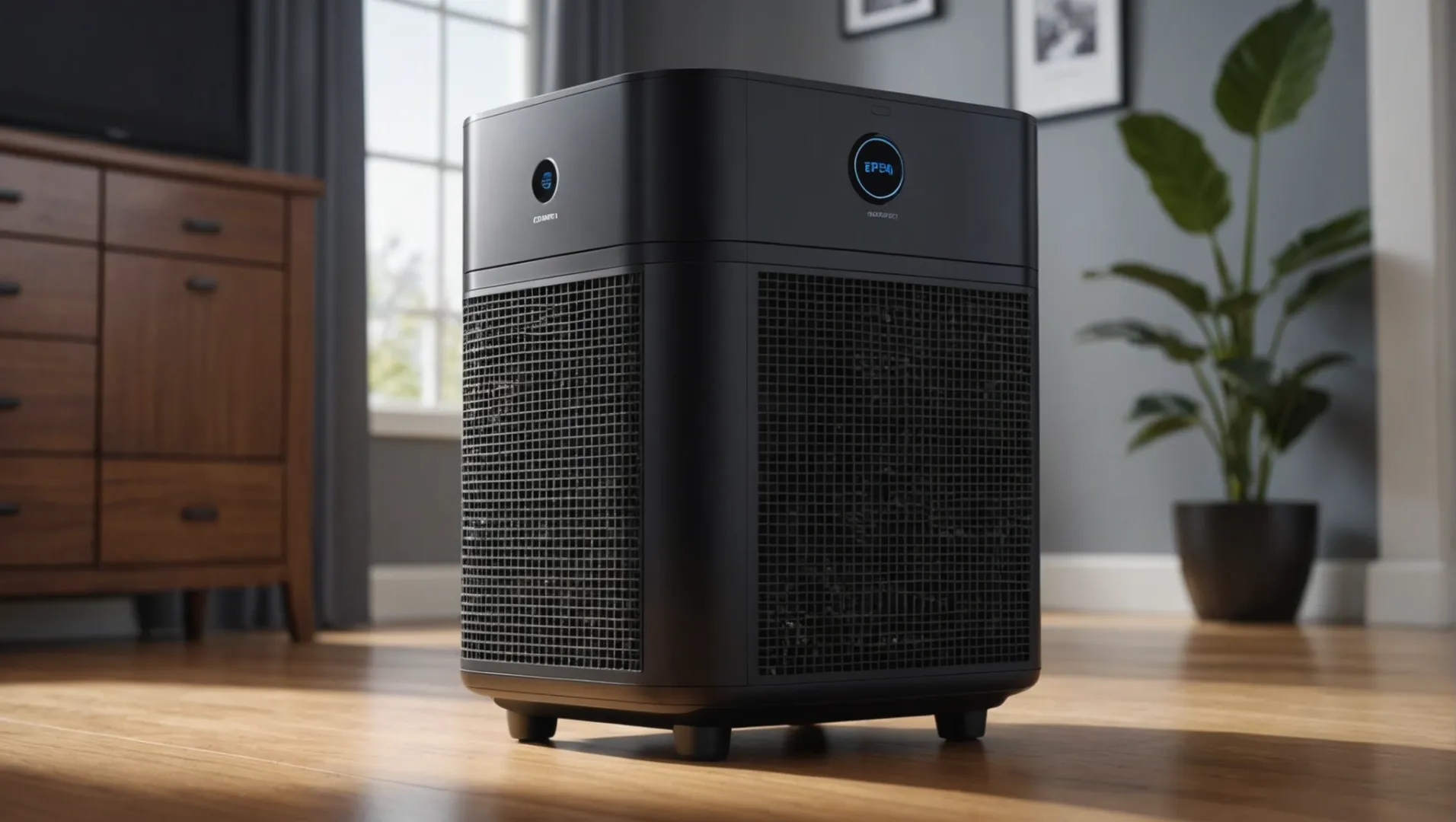
Verstehen HEPA und Kohlefilterfunktionen
Um zu verstehen, warum Luftreiniger eine Kombination aus HEPA6 und Aktivkohlefilter ist es wichtig, ihre jeweilige Rolle zu verstehen. HEPA Filter fangen Partikel wie Staub, Pollen und Tierhaare besonders gut ab. Sie sind unverzichtbar für diejenigen, die Allergene reduzieren und die Luftqualität deutlich verbessern wollen. Andererseits können Kohlefilter Gerüche und flüchtige organische Verbindungen (VOC) entfernen, die von HEPA Filter.
Vorteile der Kombination von Filtern
Durch die Integration beider Filtertypen in einen Luftreiniger wird ein breiteres Spektrum an Schadstoffen abgedeckt. Während zum Beispiel ein HEPA Filter fängt feine Partikel wie Rauch und Bakterien auf, ein Kohlefilter neutralisiert den Rauchgeruch und absorbiert schädliche Gase, die von Reinigungsmitteln oder Farbe freigesetzt werden.
| Filter Typ | Wichtigste Funktionalitäten | Ideal für |
|---|---|---|
| HEPA | Entfernt Partikel und Allergene | Allergien, Asthmakranke |
| Kohlenstoff | Eliminiert Gerüche, VOCs, Gase | Haushalte mit Haustieren, Kochgerüche |
Überlegungen zu Effizienz und Leistung
Die Verwendung beider Filter erfordert ein Gleichgewicht zwischen Effizienz und Leistung. Zum Beispiel können verschiedene Sorten von HEPA Filter - von HEPA 11 bis HEPA 14 - bieten eine unterschiedlich hohe Filtrationsleistung, wobei HEPA 14 Filterung von bis zu 99,997% der Partikel. Die Art des Kohlefilters, ob gewellte oder wabenförmige Aktivkohle, wirkt sich auf seine Fähigkeit aus, Gerüche wirksam zu entfernen.
Außerdem können schwerere Aktivkohlefilter den Widerstand im Luftreinigungssystem erhöhen, was die Luftreinigungsrate (Clean Air Delivery Rate, CADR) verringern kann. Für die Hersteller ist es entscheidend, ein Gleichgewicht zwischen der Filtrationseffektivität und der Aufrechterhaltung einer hohen CADR für eine optimale Luftreinigungsleistung zu finden.
Praktische Anwendungen
Für die Verbraucher ist es wichtig, einen Luftreiniger zu wählen, der beides vereint HEPA und Aktivkohlefilter bietet einen umfassenden Schutz gegen eine Reihe von Luftqualitätsproblemen. Ganz gleich, ob Sie sich im Frühjahr Sorgen um Pollen oder Kochgerüche in Ihrer Küche machen, dieses Doppelfiltersystem bietet eine vielseitige Lösung.
Wenn Sie die Stärken der einzelnen Filtertypen kennen, können Sie eine fundierte Entscheidung bei der Auswahl eines Luftreinigers treffen, der am besten zu Ihrer Wohnumgebung passt.
HEPA-Filter entfernen Gerüche wirksam.Falsch
HEPA-Filter fangen Partikel auf, nicht aber Gerüche; Kohlefilter sind für Gerüche zuständig.
Kohlefilter fangen flüchtige organische Verbindungen auf.Wahr
Kohlefilter absorbieren flüchtige organische Verbindungen (VOC), im Gegensatz zu HEPA-Filtern, die Partikel auffangen.
Welcher Filtertyp ist am besten für Allergene und Asthma geeignet?
Für Asthmatiker und zu Allergien neigende Menschen ist es wichtig, sich in der Welt der Luftfilter zurechtzufinden.
HEPA Filter sind in der Regel die beste Wahl für den Umgang mit Allergenen und Asthmaauslösern, da sie feine Partikel wie Staub, Pollen und Tierhaare besonders effizient zurückhalten. Um optimale Ergebnisse zu erzielen, wählen Sie einen Filter mit einer höheren HEPA Bewertung, wie zum Beispiel HEPA 13 oder 14, die bis zu 99,97% der in der Luft befindlichen Partikel auffangen können.

Verstehen HEPA Filter für Allergene
Hocheffiziente Partikelluft (HEPA) Filter sind so konzipiert, dass sie mindestens 99,97% der Partikel bis zu einer Größe von 0,3 Mikrometern auffangen. Dadurch sind sie für Allergiker und Asthmatiker äußerst effektiv, da sie häufige Auslöser wie Hausstaubmilben, Pollen und Tierhaare abfangen können. HEPA filtert7 werden nach ihrer Effizienz klassifiziert, wobei HEPA 13 und 14 sind in Wohneinrichtungen am wirksamsten.
HEPA Filter arbeiten, indem sie die Luft durch ein feines Netz leiten, das schädliche Partikel auffängt. Ihre Wirksamkeit kann je nach Filterleistung, Luftstromkapazität und Wartungshäufigkeit variieren. Es ist wichtig, Folgendes zu ersetzen HEPA Filter regelmäßig zu überprüfen, um ihre Effizienz zu erhalten und sicherzustellen, dass sie weiterhin saubere Luft liefern.
Die Rolle von Kohlefiltern bei der Asthmabehandlung
Während Karbonfilter8 Sie zielen in erster Linie auf Gase, Gerüche und flüchtige organische Verbindungen (VOC) ab und spielen eine unterstützende Rolle bei der Behandlung von Asthma, indem sie potenzielle Reizstoffe aus der Luft entfernen. Aktivkohlefilter verwenden Aktivkohle, um Moleküle zu adsorbieren, was dazu beitragen kann, die Belastung durch bestimmte Asthmaauslöser wie Tabakrauch oder Kochgerüche zu verringern.
Es ist jedoch wichtig zu wissen, dass Kohlefilter keine Feinstaubpartikel auffangen, was für die Asthmabehandlung oft wichtiger ist. Sie sind zwar nützlich, sollten aber nicht als primäre Lösung für die Beseitigung von Allergenen eingesetzt werden.
Kombination von Filtern für umfassenden Schutz
Viele moderne Luftreiniger integrieren beides HEPA und Aktivkohlefilter, um umfassende Luftreinigungslösungen anzubieten. Durch diese Kombination können die Benutzer von den Partikelfangfähigkeiten der folgenden Komponenten profitieren HEPA Filter, während gleichzeitig Gerüche und gasförmige Schadstoffe mit Kohlefiltern bekämpft werden.
Die Integration dieser beiden Technologien kann eine optimale Umgebung für Asthmatiker und Allergiker schaffen, da sowohl partikelförmige als auch gasförmige Reizstoffe wirksam bekämpft werden. Bei der Auswahl eines Luftreinigers sollten Sie Modelle mit mehrstufigen Filtersystemen in Betracht ziehen, um einen möglichst umfassenden Schutz zu gewährleisten.
Bei der Auswahl eines Filtersystems sollten Sie Faktoren wie die Clean Air Delivery Rate (CADR), den Geräuschpegel und die Kosten für den Filteraustausch berücksichtigen, um eine fundierte Entscheidung treffen zu können. Die Investition in einen hochwertigen Luftreiniger mit sowohl HEPA und Kohlefilter können die Luftqualität in Innenräumen erheblich verbessern und die Symptome von Allergikern und Asthmatikern lindern.
HEPA-13-Filter fangen 99,97% der Partikel ab.Wahr
HEPA-13-Filter sind hocheffizient und fangen Partikel bis zu einer Größe von 0,3 Mikrometern ab.
Kohlefilter fangen Staubmilben wirksam ab.Falsch
Kohlefilter wirken gegen Gase und Gerüche, nicht gegen Partikel wie Hausstaubmilben.
Schlussfolgerung
Für optimale Luftqualität sollten Sie einen Luftreiniger wählen, der sowohl HEPA und Kohlefilter. Sie wirken zusammen und bekämpfen sowohl Partikel als auch Gerüche und sorgen so für ein gesünderes Zuhause.
-
Erfahren Sie mehr über die verschiedenen HEPA-Normen und ihre Wirkungsgrade..: Gemäß den europäischen Normen gibt es 17 Filterklassen - je höher die Klasse, desto höher der Wirkungsgrad. Die Klassen E10 bis E12 sind Efficient ... ↩
-
Entdecken Sie, wie die HEPA-Filterstruktur Partikel einfängt und zurückhält: Diese Art von Luftfilter kann theoretisch mindestens 99,97% von Staub, Pollen, Schimmel, Bakterien und alle luftgetragenen Partikel mit einer Größe von 0,3 ... ↩
-
Erfahren Sie, wie gewellte Aktivkohle die Effizienz der Geruchsbeseitigung verbessert: Aktivkohle, auch Aktivkohle genannt, ist eine Form von Kohlenstoff, die häufig zum Filtern von Verunreinigungen aus Wasser und Luft verwendet wird, neben vielen anderen Anwendungen. ↩
-
Entdecken Sie, wie das Wabendesign die Leistung von Luftreinigern verbessert..: Wabenförmige Aktivkohle ist ein neuartiges, umweltfreundliches Aktivkohle-Abgasreinigungsprodukt, das Gerüche und Schadstoffe wirksam reduzieren kann. ↩
-
Entdecken Sie verschiedene Kohlefiltertechnologien für optimale Geruchskontrolle: Luftreiniger-Technologie, die Kohle- oder Kohlenstofffilter verwendet, um Gerüche, VOCs und Rauch aus der Luft zu absorbieren und einzudämmen. ↩
-
Erfahren Sie mehr über die Partikelfähigkeit von HEPA-Filtern: HEPA-Filter sind plissierte mechanische Luftfilter, die eine beträchtliche Dicke haben, um die Partikel aufzufangen. Die Falten bilden eine Matte ... ↩
-
Erfahren Sie, wie HEPA-Filter Allergene effektiv einfangen..: Die Verwendung eines HEPA-Staubsaugers fängt einige Partikel ein, während andere, die in den Atemraum aufgewirbelt werden, von der Raum- oder Hausluftfilterung entfernt werden. ↩
-
Verstehen Sie, wie Kohlefilter Gerüche und Gase entfernen..: Kohlefilter fangen Gerüche durch einen Prozess namens Adsorption ein, bei dem sich Moleküle an der Außenseite einer Oberfläche anlagern, anstatt in sie einzudringen. ↩


